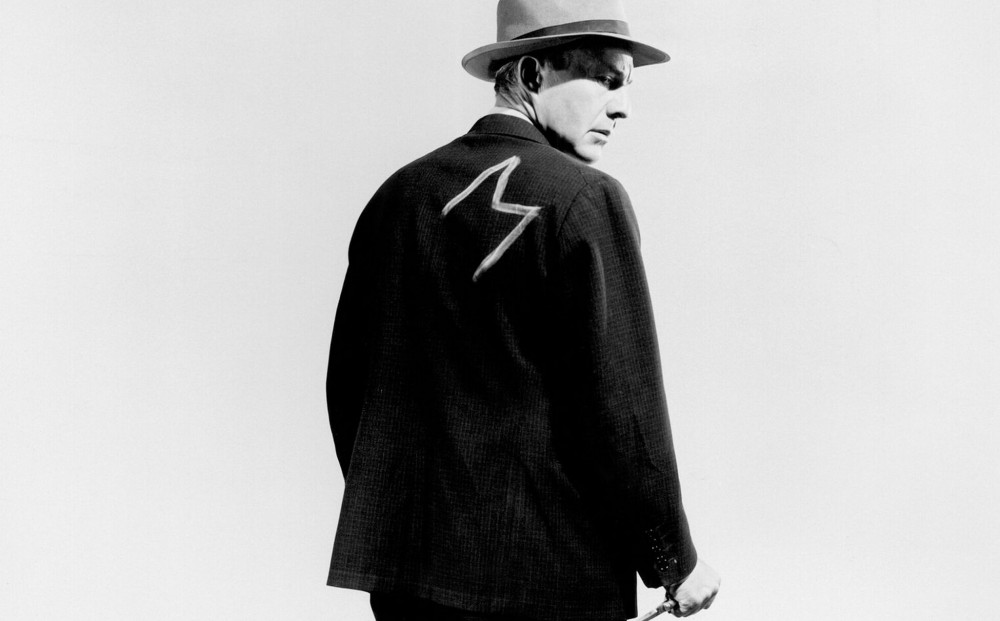M (1931) & M (1951)
Monday, August 27
M
| 12:30 4:30 8:30 |  |
(1931, Fritz Lang) Grieg’s “The Hall of the Mountain King,” from Peer Gynt, is whistled off-screen, little girls disappear, and both polizei and the underwent (that is, cops and crooks) start separate manhunts for the child-molesting murderer. The cinema’s first serial killer story and still perhaps the most terrifying. Lang’s first sound film – and personal favorite (“I prefer M,” he declared in Godard’s Contempt) – met Nazi resistance under its original title, Murderers Among Us, until Lang let them know it was based on the real-life Düsseldorf murderer Peter Kürten – and not them. Erstwhile Brecht regular Peter Lorre became world-famous overnight as the squealing, helpless murderer, despite his inability to whistle (the dubbing was by Lang himself). Innovative in its use of sound and image juxtapositions, as well as its ultimately sympathetic portrait (“I can’t help myself!”) of a sexual psychopath, M (the title derives from the shoulder chalk mark tagging Lorre as Mörder) proved on its original release too rich for the blood of the New York Times critic, who squeamishly tsked, “More horrible than anything that has so far come to the screen… too hideous to contemplate.” Despite its world-classic status, M has been all too often seen through the years in multi-generational dupe prints, generally missing the final scene and frustratingly under-subtitled in typical early-30s style. DCP. Approx. 117 min.
REVIEWS
“A masterpiece structured with the kind of perfection that calls to mind both poetry and architecture and that makes even Lang’s disciples’ classics seem minor by comparison.”
– Jonathan Rosenbaum
“M seems every bit a more substantial and technically complex work than Lang’s previous landmark, 1927’s Metropolis… as perfect an example of pure cinema in the sound era as one is likely to find.”
– Chris Cabin, Slant
M
| 2:45 6:45 |  |
(1951, Joseph Losey) Stentorianly underscored remake of Lang’s classic, with the cops and the underworld in a race to catch a helplessly psychopathic child murderer amid vintage L.A. locations, and killer David Wayne’s “illness and perversion disturbingly explicit” (Robert Porfirio). 35mm print courtesy Library of Congress. Approx. 88 min.
“Reflects the McCarthyite inquisitions that Losey was enduring at the time. Losey turns the story into pungent Americana through his attention to alluringly grubby Los Angeles locations. Ernest Laszlo’s cinematography renders the mottled sidewalks and grim facades eloquent; urgent tracking and crane shots convey the paranoid pairing of menace and surveillance. David Wayne brings a hectic pathos to the role of the psychopath at war with his urges, and such character actors as Howard Da Silva and Raymond Burr lend streetwise flair to the police officers and the underworld posse competing to catch the killer. The Brechtian irony of criminals delivering punishment is a Berlin import, the Freudian psychology is an American touch, and the corrosive view of the government is the kind that could — and did — get a filmmaker in trouble.”
– Richard Brody, The New Yorker

_slideshow.jpg)
